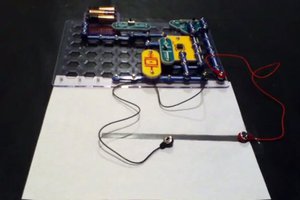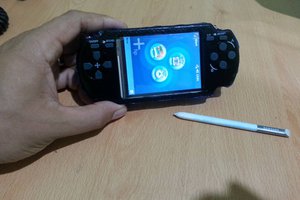Cement manufacture and use is a significant source of greenhouse gas emissions, and maintenance of cement infrastructure costs billions of dollars annually. Stronger, or self-repairing cements with less of a carbon footprint could save money while avoiding harm to the environment.
Luckily such concretes exist: they are called geopolymers. Geopolymers are polymers with inorganic backbones, stabilized by highly basic or acidic conditions. Geopolymers are widely studied, but have not managed to displace concrete yet, due to various engineering issues with solubility and industrial scaling. This project will demonstrate how to make many of the existing geopolymers, and then we will test some novel geopolymer compositions that we have arrived at by studying geochemistry. Instructions, supplies and files will be included here.
This work is licensed under a Creative Commons Attribution 4.0 International License.
 Michael Perrone
Michael Perrone
 Ian Charnas
Ian Charnas
 Anteneh Gashaw
Anteneh Gashaw
 Steve Schuler
Steve Schuler
 corcinox
corcinox